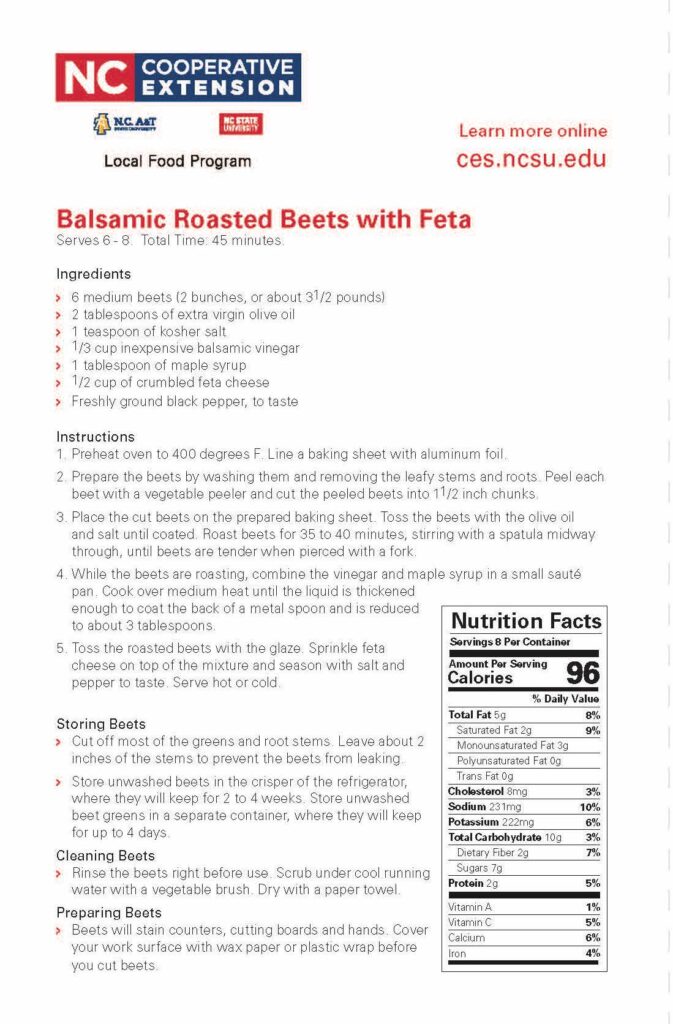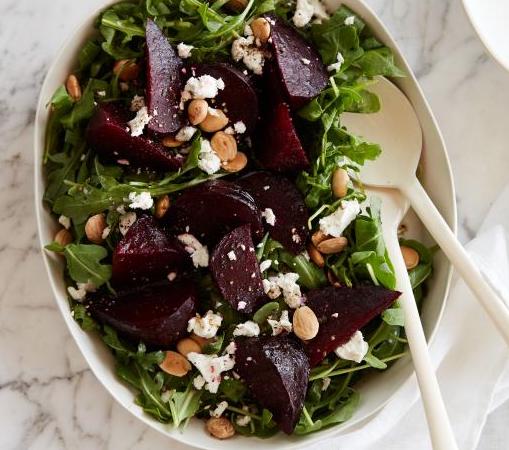November Has Arrived – What’s in Season?
go.ncsu.edu/readext?967278
en Español / em Português
El inglés es el idioma de control de esta página. En la medida en que haya algún conflicto entre la traducción al inglés y la traducción, el inglés prevalece.
Al hacer clic en el enlace de traducción se activa un servicio de traducción gratuito para convertir la página al español. Al igual que con cualquier traducción por Internet, la conversión no es sensible al contexto y puede que no traduzca el texto en su significado original. NC State Extension no garantiza la exactitud del texto traducido. Por favor, tenga en cuenta que algunas aplicaciones y/o servicios pueden no funcionar como se espera cuando se traducen.
Português
Inglês é o idioma de controle desta página. Na medida que haja algum conflito entre o texto original em Inglês e a tradução, o Inglês prevalece.
Ao clicar no link de tradução, um serviço gratuito de tradução será ativado para converter a página para o Português. Como em qualquer tradução pela internet, a conversão não é sensivel ao contexto e pode não ocorrer a tradução para o significado orginal. O serviço de Extensão da Carolina do Norte (NC State Extension) não garante a exatidão do texto traduzido. Por favor, observe que algumas funções ou serviços podem não funcionar como esperado após a tradução.
English
English is the controlling language of this page. To the extent there is any conflict between the English text and the translation, English controls.
Clicking on the translation link activates a free translation service to convert the page to Spanish. As with any Internet translation, the conversion is not context-sensitive and may not translate the text to its original meaning. NC State Extension does not guarantee the accuracy of the translated text. Please note that some applications and/or services may not function as expected when translated.
Collapse ▲
Fall has officially arrived! Colorful leaves are falling and the weather is getting chilly. Also changing right now is the variety of locally grown vegetables that are available. As the fall season inches closer to winter it is nice to add variety to your menus by considering what fresh vegetables are in season. Winter squash, cabbage, broccoli, cold hardy greens and root vegetables are all great options. Beets, one of my favorite fall vegetables, are locally in season in November and December. Because beets grow underground they can be left in the ground and harvested during colder months.The red color in vegetables such as beets contains antioxidants that lower the risk of developing different types of cancer, protect against heart diseases, and improve brain health. Both the root of the vegetable and its green leafy tops are edible. The beet greens can be sautéed with onion and garlic for a healthy and warm side dish. I love to use Pickled Beets as a topping for salads and beans but I also love to roast beets and serve them with reduced balsamic vinegar with feta cheese over a bowl of mixed greens. Some of my favorite restaurants serve beet salads which are very popular menu items. I love the fact that I can make this popular dish easily at home in my own kitchen with locally grown beets. Check out the Balsamic Roasted Beets with Feta recipe below.






